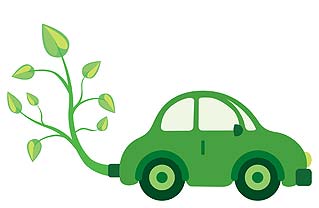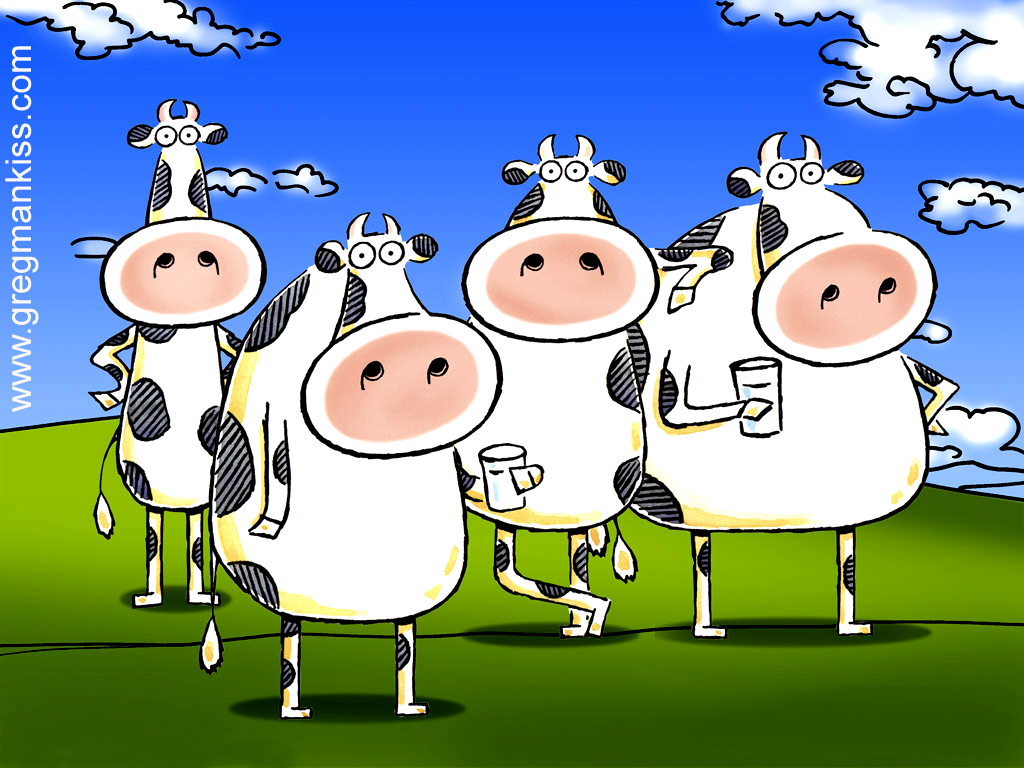M&M back again to
provide tips on healthy eating for you and for the environment. We want to help
you understand that there are ways you can help the environment without
giving up some of your favorite foods. We know that everyone loves food
and loves to eat, but did you know that certain foods cause your body to
release more nitrogen?
For example,
consuming a lot of protein on a daily basis is not something that we would
suggest doing. Protein plays a large role when it comes to nitrogen. A heavy protein
diet creates more nitrogen emissions because protein itself is largely composed
of nitrogen. Red meat is actually one of the worst foods you can eat for
the environment. But before you drop your hamburger and freak out, take a deep
breath and know that you don't have to give up your Big Mac completely. If you
reduce your consumption of meat by eating more veggies and fruits with smaller
portions of meat, then you can still eat all of the foods you love without over
doing it. For those of you who are worried about not getting enough protein in
your diet, many other foods such as nuts and beans are a great source of
protein. Some livestock is more affected by nitrogen fertilizers than others.
The next time you go to the supermarket, pay close attention to the label of
the meat that you buy!
Another way
that you can minimize your nitrogen output while managing your diet is to make
sure you waste less food. Most people's eyes are bigger than their stomachs,
but biting of more than you can chew can be hazardous for the environment. When
we waste food, we not only waste valuable sources of energy and nutrients, but
we also create a higher demand for food production. The more food is wasted,
the more food we need. If we all reduced the amount of food we threw away and
joined the clean plate club, then our nitrogen emissions would substantially
diminish. So next time, instead of grabbing that extra side of fries or that
extra piece of pie, just start off with a smaller portion, finish that, and get
more food if you need it. We promise, food will still be there if you're still
hungry!






